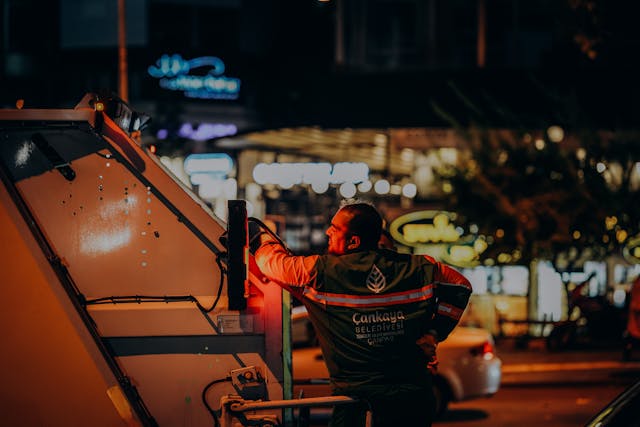
Study Materials
6th
6th - Social Studies (SST)
Grassroots Democracy — Part 3: Local Government in Urban Areas
Overview of the Chapter
This chapter explores the structure and functioning of local government in urban areas, focusing on how grassroots democracy operates in cities and towns. It highlights the roles and responsibilities of urban local bodies, their significance in governance, and how they contribute to the development of urban communities.
Urban Local Government Bodies
Urban local government in India is primarily managed through three types of institutions:
- Municipal Corporations: Established in large cities.
- Municipal Councils: Found in smaller urban areas.
- Nagar Panchayats: Govern transitional areas (semi-urban).
Municipal Corporation: A local governing body responsible for providing essential services like water supply, sanitation, and urban planning in large cities.
Functions of Urban Local Bodies
The key functions of urban local governments include:
- Providing basic amenities like water, electricity, and waste management.
- Maintaining roads and public infrastructure.
- Ensuring public health and sanitation.
- Urban planning and development.
Structure of Urban Local Governance
Urban local bodies consist of elected representatives, including:
- Mayor/Chairperson: The ceremonial head.
- Councillors: Elected members representing wards.
- Commissioner: An appointed administrative officer.
Ward: A smaller division within a municipal area, represented by a councillor.
Importance of Grassroots Democracy in Urban Areas
Local governance ensures:
- People's participation in decision-making.
- Efficient delivery of services.
- Accountability and transparency in administration.
Challenges Faced by Urban Local Governments
Some common challenges include:
- Inadequate financial resources.
- Overpopulation and urbanization pressures.
- Corruption and bureaucratic delays.
